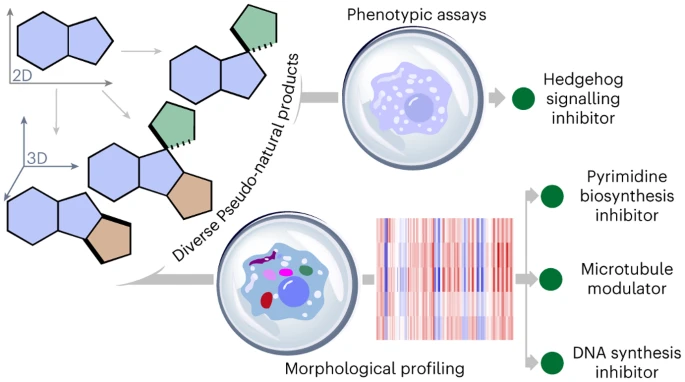The XPRIZE Foundation has awarded a $250,000 grant to students and faculty at IIT Bombay. Students Srinath Iyer, Anwesha Banerjee, Srishti Bhamare, and Shubham Kumar make up the SASIITB team. The team developed a three-modular carbon dioxide removal technology. This process uses potassium carbonate solution as an absorbent and steel slag as a desorbent. Compared to the more traditional thermal regeneration method, this one is more efficient at reducing energy consumption and costs.
Key Highlight:
- The XPRIZE Foundation has awarded a $250,000 grant to students and faculty at IIT Bombay.
- Students Srinath Iyer, Anwesha Banerjee, Srishti Bhamare, and Shubham Kumar make up the SASIITB team.
- The team created a tri-modular technology for large scale carbon dioxide removal.
- The IAMR process employs potassium carbonate solution as the absorbent and uses steel slag as the desorbent.
- This method works effectively at reducing energy consumption and costs compared with traditional thermal regeneration method.
- The winning teams will use this grant money to compete in future rounds of XPRZE Carbon Removal or to develop key supporting technologies.
Elon Musk’s XPRIZE Foundation awarded IIT Bombay students and faculty $250,000 at the COP26 summit in Glasgow for their work on climate change mitigation. Srinath Iyer, Anwesha Banerjee, Srishti Bhamare, and Shubham Kumar make up the student team, SASIITB.
The winning teams will use this grant money to compete in future rounds of XPRIZE Carbon Removal or to develop key supporting technologies that will enable carbon dioxide removal. According to a press release, team members competing for the XPRIZE Carbon Removal Milestone and Grand Prize awards have received $250,000 from the XPRIZE Foundation.
Factors such as technologies and methodologies used to improve standards of assessment, precision and time required for carbon measurements were taken into account.. Team members must be enrolled in an educational institution to participate in the Carbon Removal Student Competition.
It’s our goal to have a profound impact on the world,” Elon Musk said. Carbon neutrality is a myth. As a long-term goal, scalable carbon extraction technologies that are costed per ton based on environmental impact should be developed. Our goal isn’t just to find the best ideas; we’re looking for teams to put their ideas into action and build systems that can scale to gigatons of data. What’s required. It’s important to get things done on time.”
I’m curious as to what the team came up with, and how it works, for this award.
The team developed a three-modular carbon dioxide removal technology. Carbon dioxide (CO2) and alkaline emissions (calcium oxide and magnesium oxide) are both produced by biomass-based power plants and other industries that use biomass.
It’s possible to capture carbon dioxide emissions from these industries using different solutes or solvents, which can then be reacted with alkaline waste to generate permanently sequenced mineral carbonates simultaneously regenerating the solvent in an integrated CO2 absorption-mineralization cum regeneration of absorbent process, which is IAMR (integrated CO2 absorption-mineralization and regeneration of absorbent).”
This process uses potassium carbonate solution as the absorbant and steel slag as the desorbent at normal temperatures and pressures. According to a study by Sichuan University and the Chonquing University of China, this method is more efficient at reducing energy consumption and costs than the traditional thermal regeneration method.
Mineral carbonates produced as a result of the process may also provide a means of reducing indirect CO2 emissions. The production of highly concentrated CO2 is a costly and energy-intensive process, and the management of CO2 waste generated by industries is a major issue.




[…] has developed a computer simulator that can stop the spread of viruses in enclosed spaces. A research team from IIT Bombay has developed a method to remove harmful gases from the airThe XPRIZE Foundation has awarded a $250,000 grant to students and faculty at IIT Bombay. Students […]
[…] A research team from IIT Bombay has developed a method to… […]